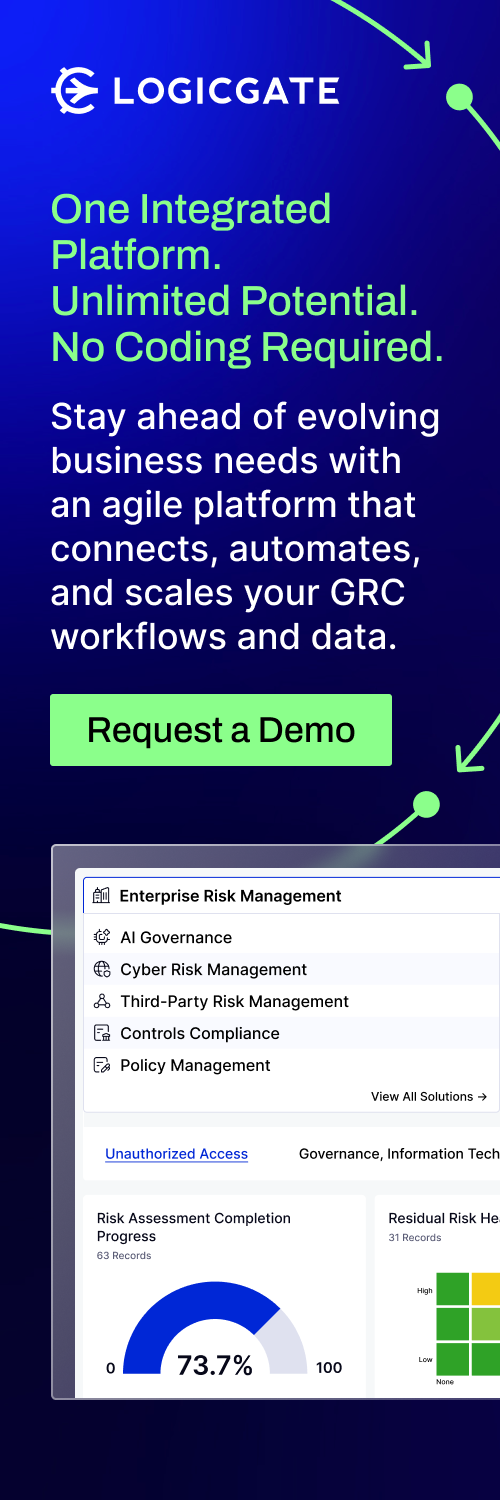Non-human identities (NHIs), such as API keys, service accounts, and OAuth tokens, are critical to modern enterprise networks, enabling secure and efficient interactions among countless applications and services. With the proliferation of cloud services, AI, and automation, NHIs now outnumber human identities by as much as 50-to-1 in some organizations.
These identities allow apps to authenticate seamlessly, both within internal systems and with external cloud platforms, reducing the need for constant human oversight. However, their rapid growth has introduced significant security challenges, making NHIs a top concern for chief information security officers (CISOs) and security teams.
NHIs pose unique risks due to their sensitive nature and often inadequate protection measures. Unlike human credentials, which benefit from robust safeguards like multi-factor authentication (MFA), NHIs frequently rely on less secure authentication methods, making them prime targets for attackers. Secret leakage is a major issue, with over 27 million new secrets exposed in public GitHub repositories last year, according to a recent report by GitGuardian. Additionally, NHIs often accumulate excessive permissions, amplifying the potential damage of a breach. Alarmingly, 46% of organizations reported NHI compromises in the past year, with another 26% suspecting such incidents, according to a recent report from Enterprise Strategy Group.
Securing NHIs presents three key challenges for CISOs: visibility, risk prioritization, and governance. First, discovering and inventorying NHIs is difficult, as many organizations lack visibility into where these identities exist within their environments. Implementing identity security posture management solutions can help address this. Second, prioritizing risks involves identifying high-value or over-privileged NHIs and adjusting their permissions to minimize threats, as not all NHIs carry the same level of risk. Finally, governance remains a hurdle, as NHIs are often created by developers without proper tracking or decommissioning, leading to vulnerabilities like those seen in the October 2024 Internet Archive breaches caused by unrotated tokens. Establishing clear processes for NHI creation and maintenance is essential.
As NHIs become indispensable for automating business processes and enabling integrations, their security cannot be overlooked. Despite their non-human nature, they wield significant power within enterprise environments, often holding broad access to critical systems. With over 80% of organizations planning to increase spending on NHI security, according to industry insights, the focus is shifting toward comprehensive identity management that protects both human and non-human identities throughout their lifecycle. Addressing these challenges is not just a priority but an urgent necessity to safeguard modern enterprises from evolving threats.















